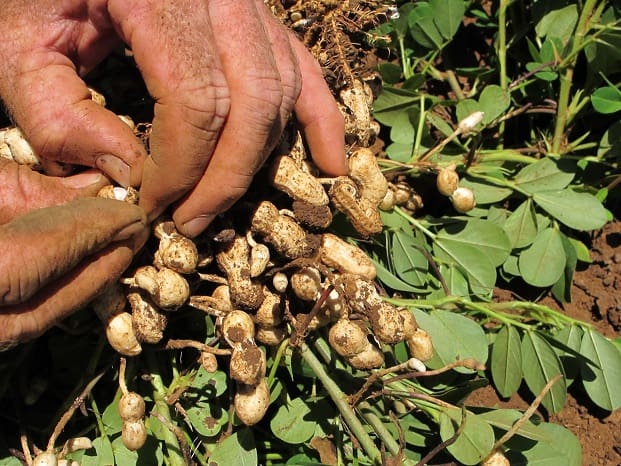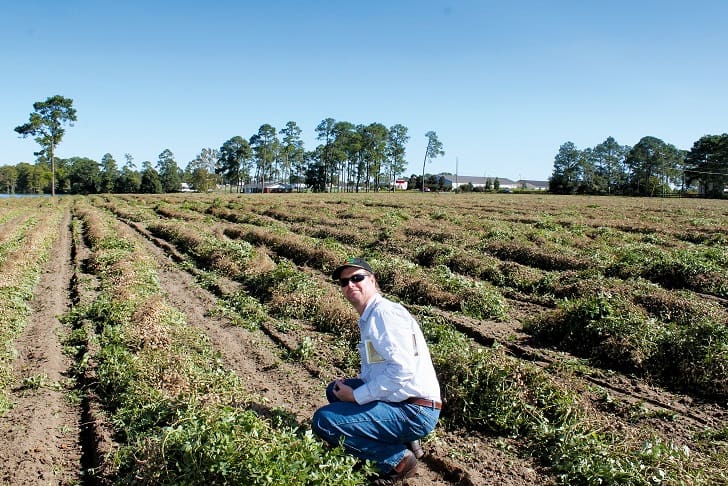WITH a significant peanut plant expected across Queensland and New South Wales this year, growers are being urged to `keep it simple’ when it comes to agronomic management to maximise yield and quality.
Over the years, peanuts have attracted a reputation as being easy to grow but difficult to grow well given their reliance on adequate water, nutrition and protection from weeds and diseases, resulting at times in concerns over unreliable yield and quality (grades).
However, plantings are on the rise as growers increasingly embrace the rotational benefits of improved soil nutrition, broader weed control options and more effective management of soil-borne pests and disease.
This has sparked calls for growers to focus on the agronomy `basics’ in order to maximise economic gains from this season’s crop.
Queensland Department of Agriculture and Fisheries (DAF) principal agronomist and project leader of the Grains Research and Development Corporation’s (GRDC) Coastal and Hinterland Grower Solutions Group, Neil Halpin, said recent research had highlighted the importance of factors such as time of sowing, row configuration and plant population.
The research is part of a GRDC investment into tactical agronomy focussing on optimal legume selection within a cane system and maximising the productivity of Kairi.
Kairi is a new variety offering improved foliar disease resistance to rust and higher yield potential that was jointly developed by Peanut Company of Australia (PCA), GRDC and DAF.
“The take-home message from last year’s research work was if the peanut crop is managed well agronomically it can generate significant gross margin returns,” Mr Halpin said.
“In the cane/legume rotation research, both the Kairi and Holt peanut varieties generated a significantly higher gross margin than soybean, mungbean, pigeon pea, or cow pea when grown in rotation with cane, returning over $3000/hectare.
“In terms of maximising the productivity of Kairi, research over the past couple of seasons has focused on factors such as time of sowing, plant population, row configuration and nutrition inputs. When it comes to yield response, population was found to be the dominant factor.”
Mr Halpin said with this year’s peanut season about to begin, it was important for growers to start with soil testing pre-plant to help determine their soil ameliorant and fertiliser programs and from there, optimise sowing time and plant population.
“At the end of the day, if growers can focus on getting the agronomic basics right, especially in terms of ground preparation, planting and in-crop pest and disease management, then the gross margin returns can be extremely attractive,” he said.
Interest in peanut production due to the crop’s gross margin potential and farming system benefits has been particularly strong within sugar cane farming systems where it has helped alleviate the impact of root lesion (Pratylenchus zeae) and root-knot (Meloidogyne javanica and M. incognita) nematodes, improve available soil nitrogen, improve weed management effectiveness and enable employment of a year-round workforce.
This has coincided with favourable market prices which have been partly underpinned by Bega Cheese’s recent acquisition of PCA and its pledge to increase the domestic supply of peanuts by expanding plantings and production.
Source: GRDC, www.grdc.com.au/grownotes
Grain Central: Get our free daily cropping news straight to your inbox – Click here





HAVE YOUR SAY